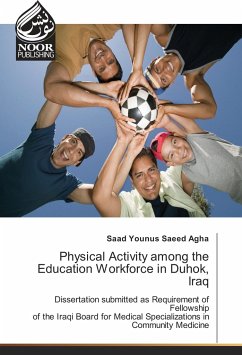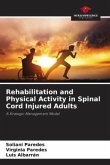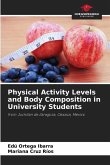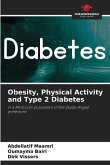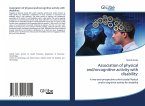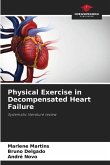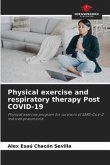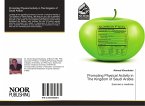Regular physical activity provides young people with substantial physical, mental and social health benefits. Schools and universities with adequate and safe facilities, dedicated time, and good examples from teachers, stimulate children and young people to be more physically active. School-age physical activity positively influences adult physical activity and the public health of the general population. Teachers and support staff with higher levels of physical activity in midlife have better mobility and health in old age and are more likely to encourage physical activity. This study estimated the level of physical activity among the teaching and the support staffs working at the educational institutions in Duhok city, Iraq, using a modified version of the short International Physical Activity Questionnaire (IPAQ). The study also examined the relationship between the level of physical activity, and type of job, age, gender, sitting or sedentary time, body mass index, and weather. Such estimation makes a background for continuous surveillance and improvement of the level of physical activity among the studied population and the general public.
Bitte wählen Sie Ihr Anliegen aus.
Rechnungen
Retourenschein anfordern
Bestellstatus
Storno

